The Mirza Mahal, also known as the house of the late Mirza Ibrahim Husain, a British Deputy Magistrate, is a significant historical structure located in Daulatpur, Khulna, Bangladesh. Built in 1924 during the British colonial period, this red and white two-story building is a remarkable example of the architectural heritage of the time.
Mirza Ibrahim Husain, with his large family of two wives and seventeen children, would have required a residence that could accommodate the needs of a substantial household. The design of the Mirza Mahal reflects such requirements, with ample living spaces that would have supported a comfortable lifestyle for its inhabitants.
The exterior of the building is striking, with its red brick construction standing out against the white decorative elements that line the windows and archways. This color scheme is not only aesthetically pleasing but also serves a practical purpose, reflecting the sun’s heat and keeping the interior of the house cooler in the tropical climate.
Upon entering the Mirza Mahal, one would find themselves in a spacious foyer, leading to various rooms on the ground floor, including a formal drawing-room, a dining hall, and perhaps a library or study. These rooms would have been the setting for many family gatherings and social events, reflecting the status and hospitality of Mirza Ibrahim Husain.
The upper floor consists of several bedrooms, each with its own unique view of the surrounding landscape. The large windows not only provide natural light but also offer a glimpse into the daily life of Daulatpur. The verandas surrounding the upper floor serve as transitional spaces between the indoors and outdoors, where one could enjoy the cool breeze during the evenings.
The architecture of the Mirza Mahal would have combined British colonial influences with traditional Bengali elements. Features such as verandas, high ceilings, and large windows are characteristic of the period and region, designed to maximize ventilation and natural light.
The Mirza Mahal would have also served as a symbol of the cultural and intellectual pursuits of its owner. As a Deputy Magistrate, Mirza Ibrahim Husain would have been an educated and influential figure, and his residence would reflect his status. The house might have hosted literary salons, musical recitals, and discussions on legal and administrative matters of the day.
Today, the Mirza Mahal stands as a reminder of the rich history of Daulatpur and the legacy of the Mirza family. It is a testament to the fusion of cultures and architectural styles that occurred during the British rule in Bangladesh. Preserving such buildings is essential for future generations to appreciate and learn from the past.
The story of the Mirza Mahal is not just about bricks and mortar; it is about the people who lived within its walls and the events that took place there. It is a narrative woven into the fabric of Bangladesh’s history, representing the country’s colonial past and its journey towards independence.
In conclusion, the Mirza Mahal, known as the house of the late Mirza Ibrahim Husain, is more than a heritage building. It is a cultural landmark that embodies the history, architecture, and spirit of the people of Daulatpur. Its preservation is crucial for maintaining the connection to the past and for honoring the memory of those who once called it home.
Photo Credit: Lusha Mirza (Granddaughter of the late Mirza Ibrahim Husain)
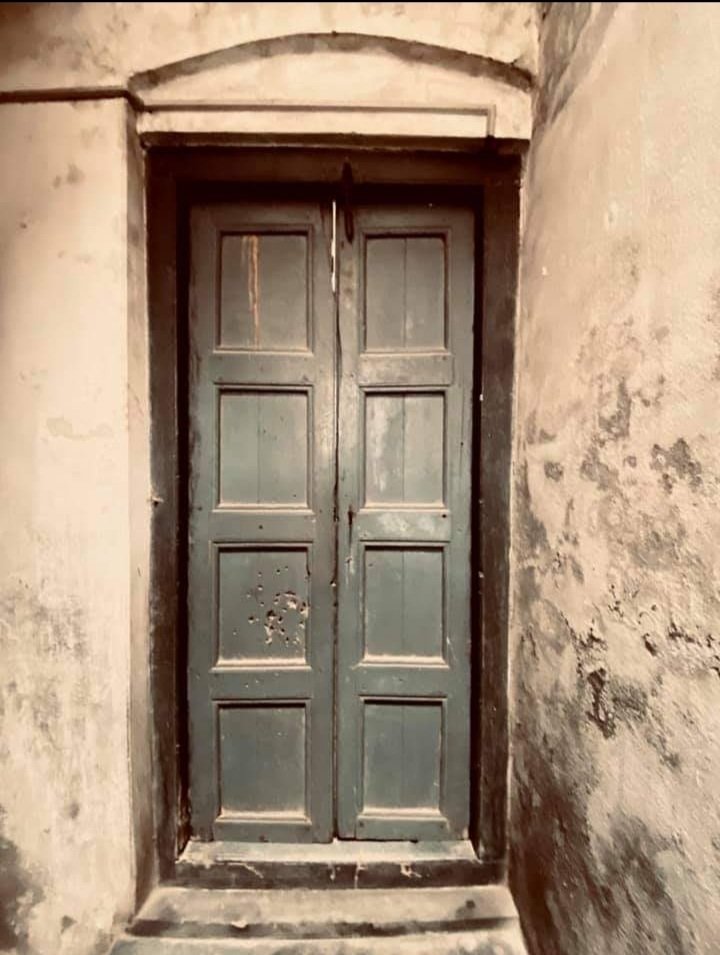
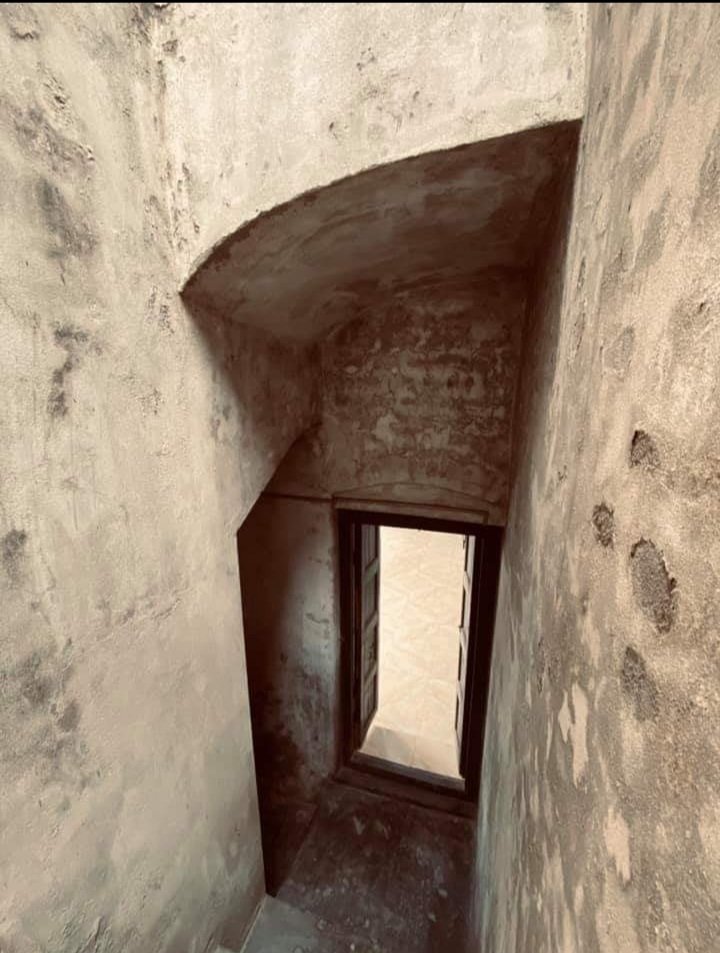
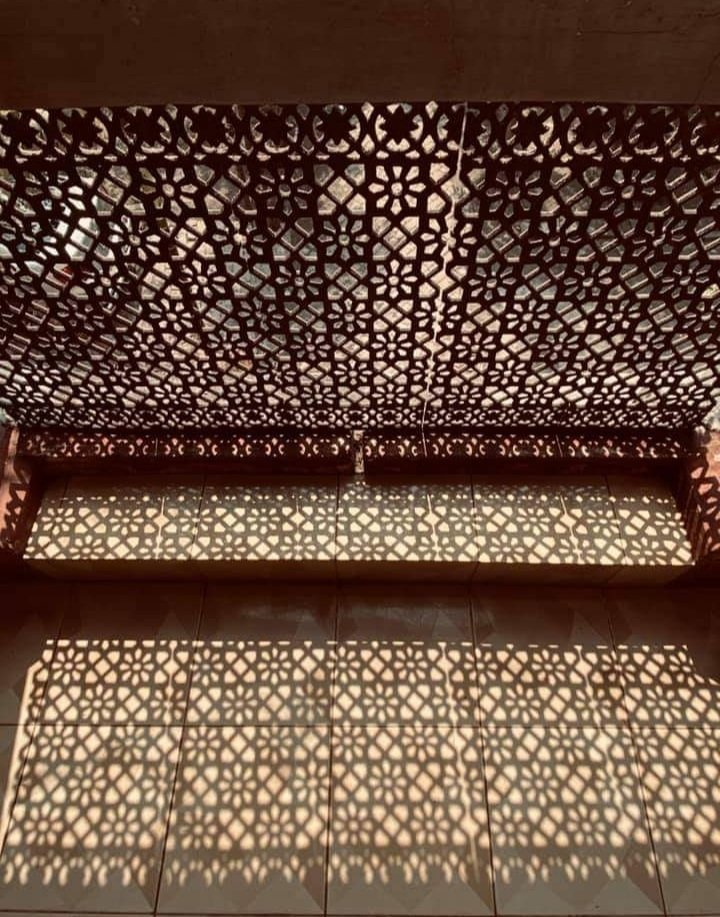
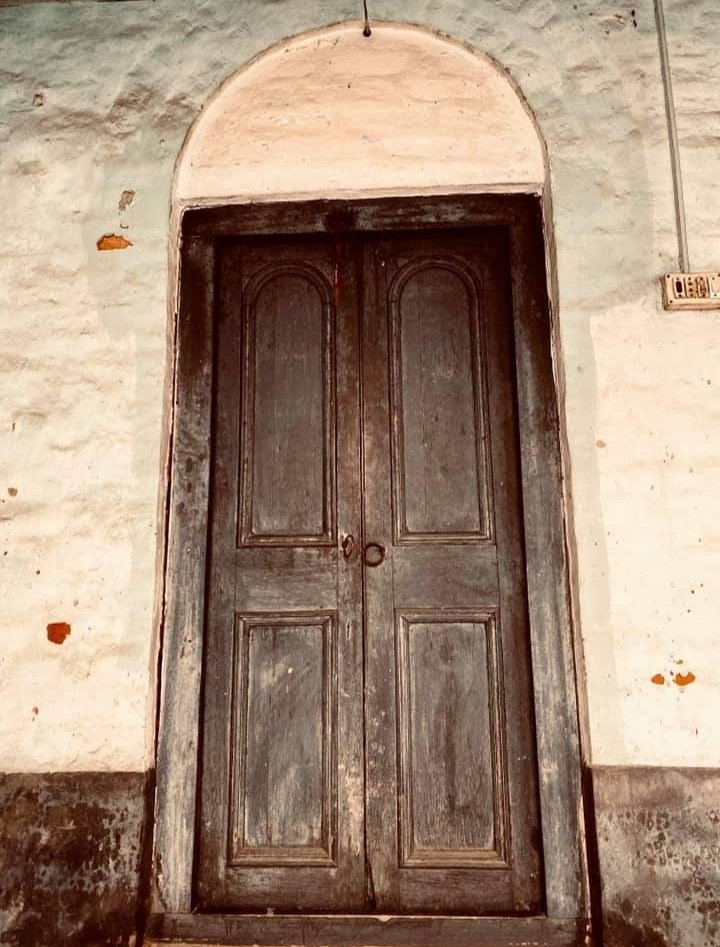

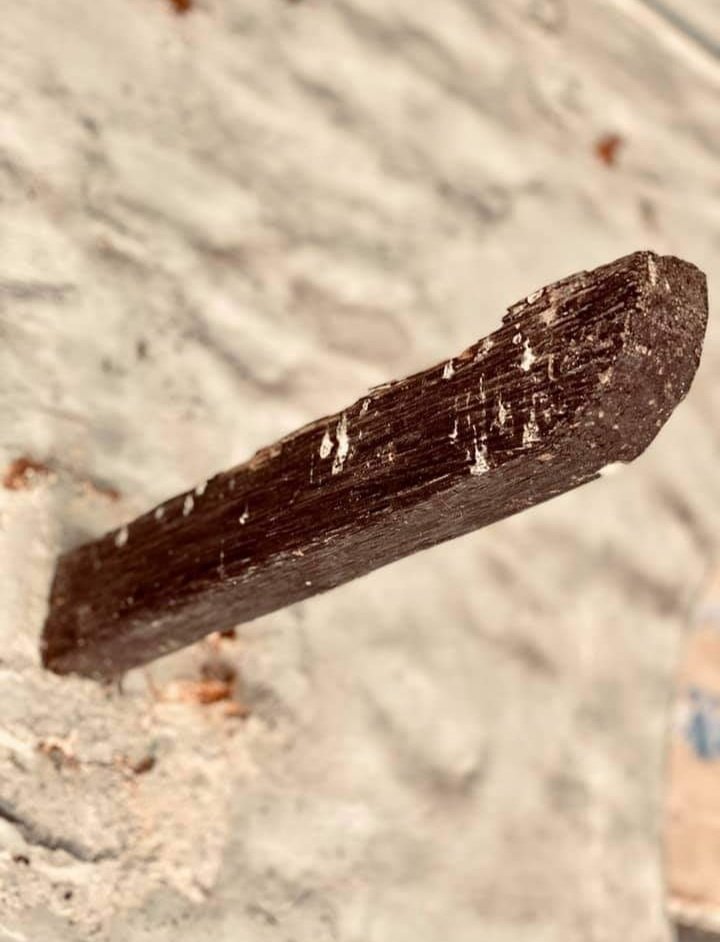


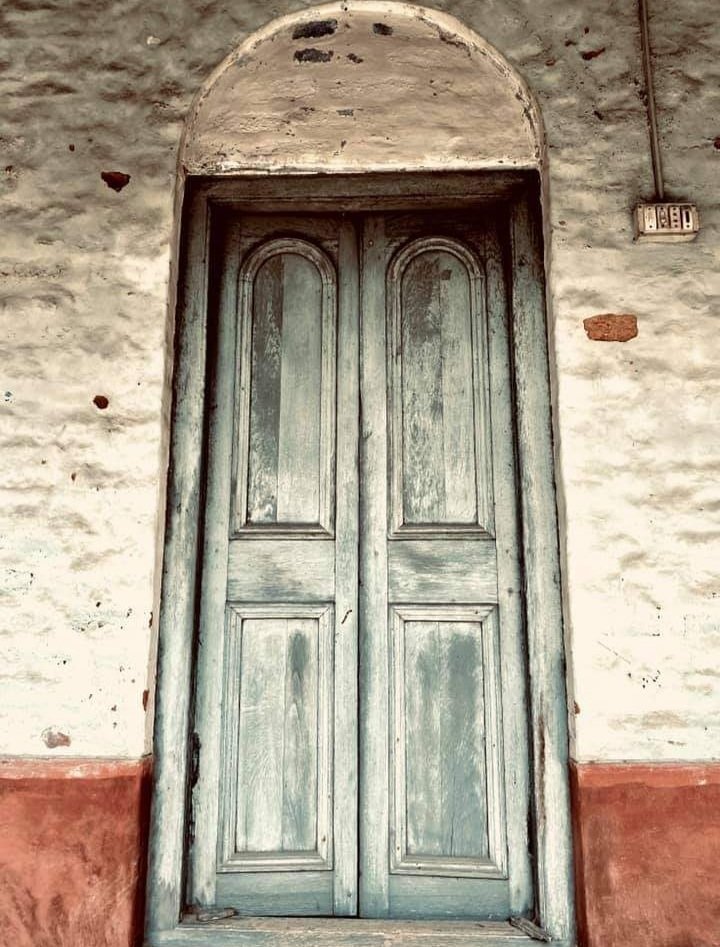

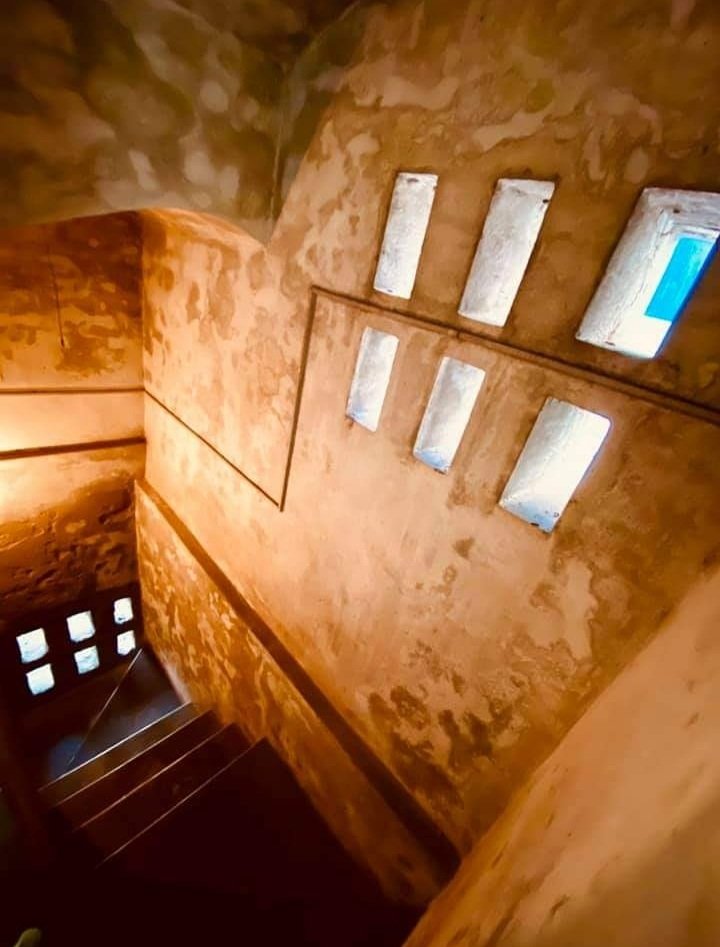
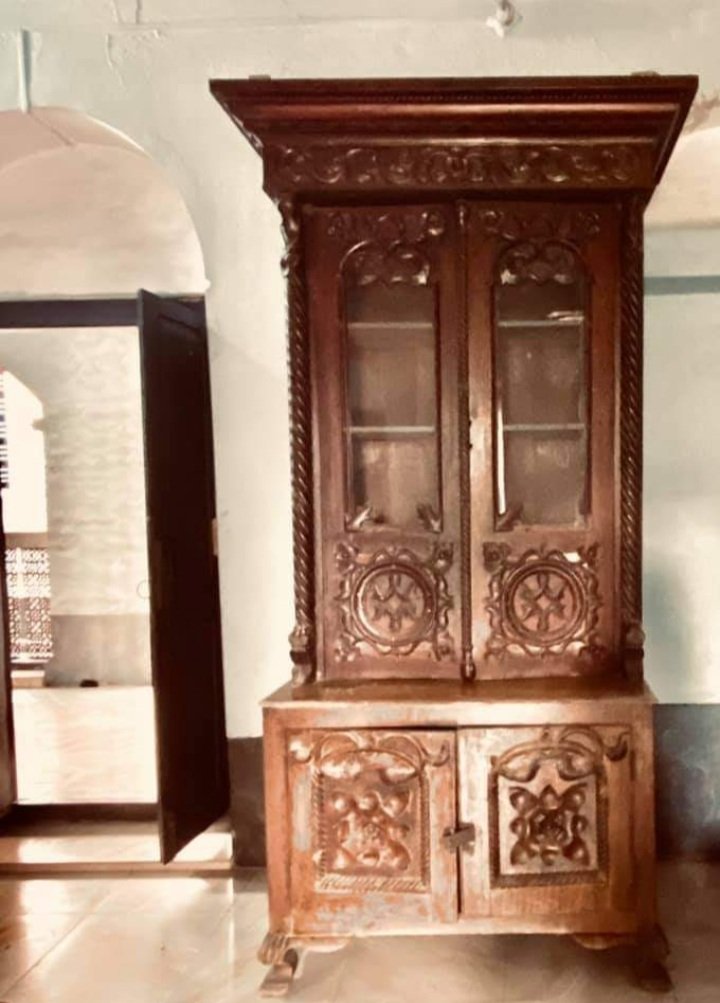
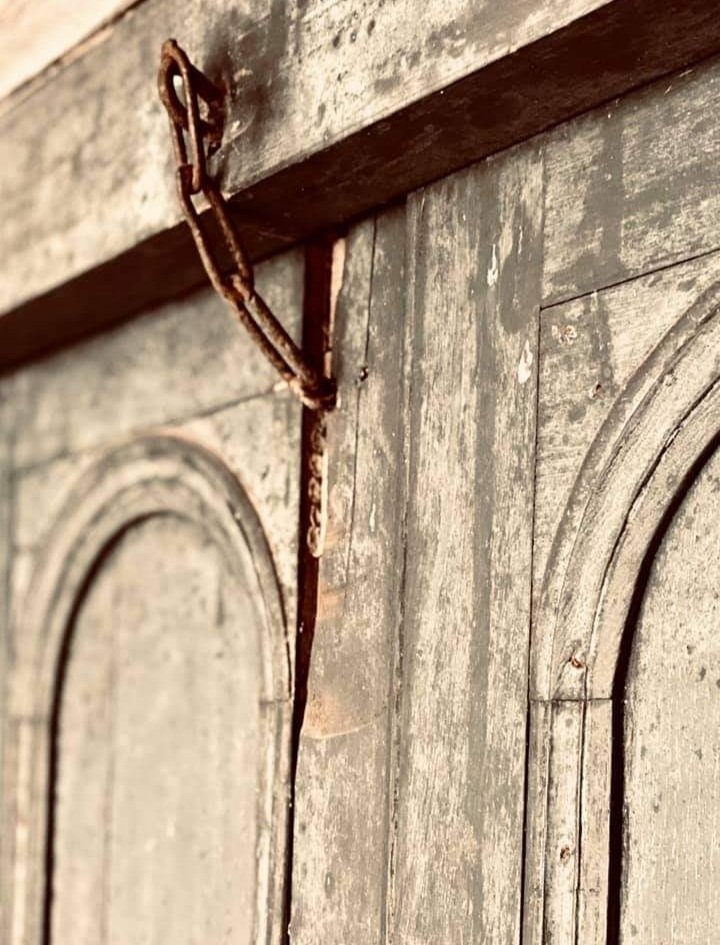
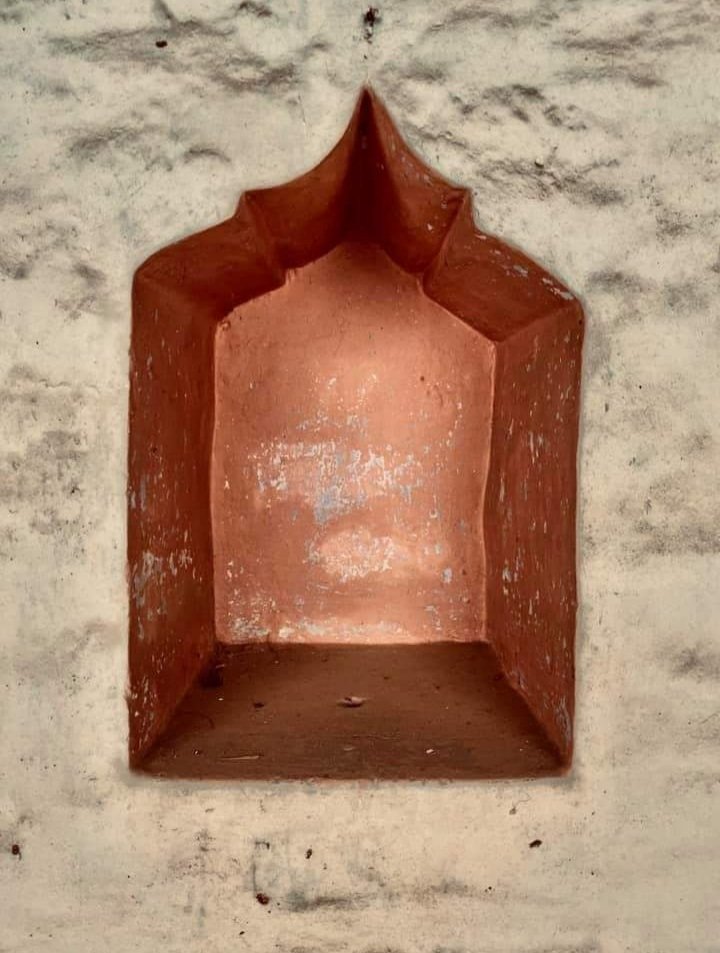
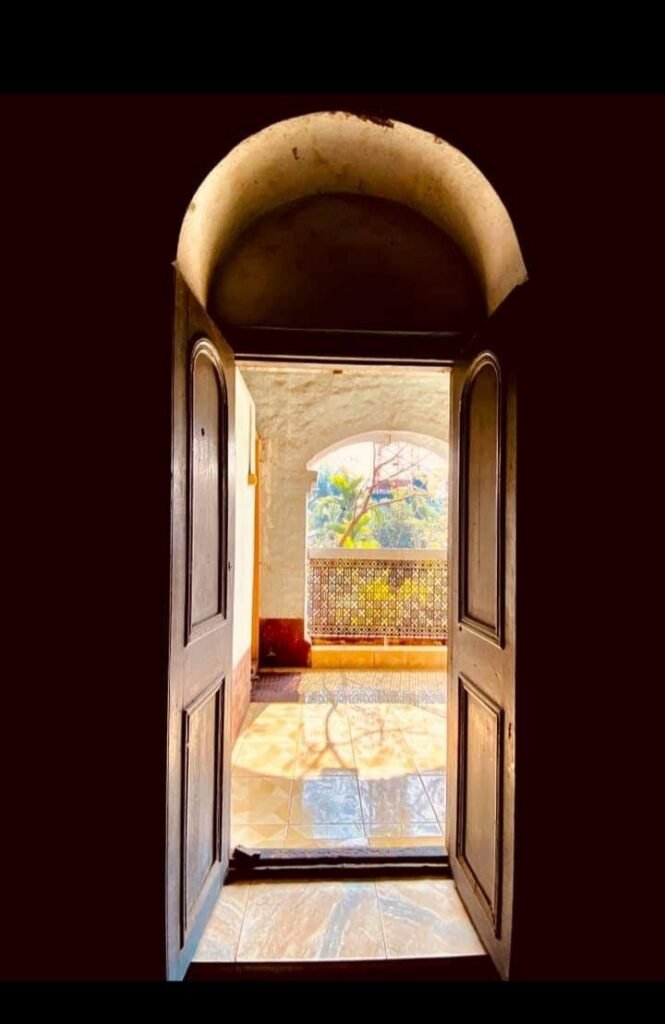

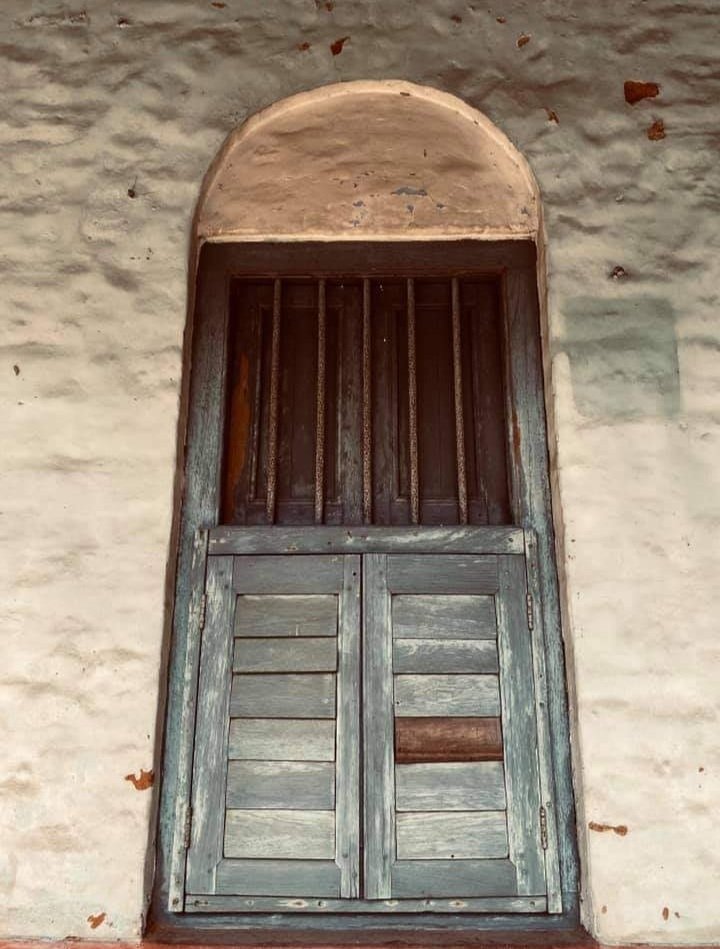
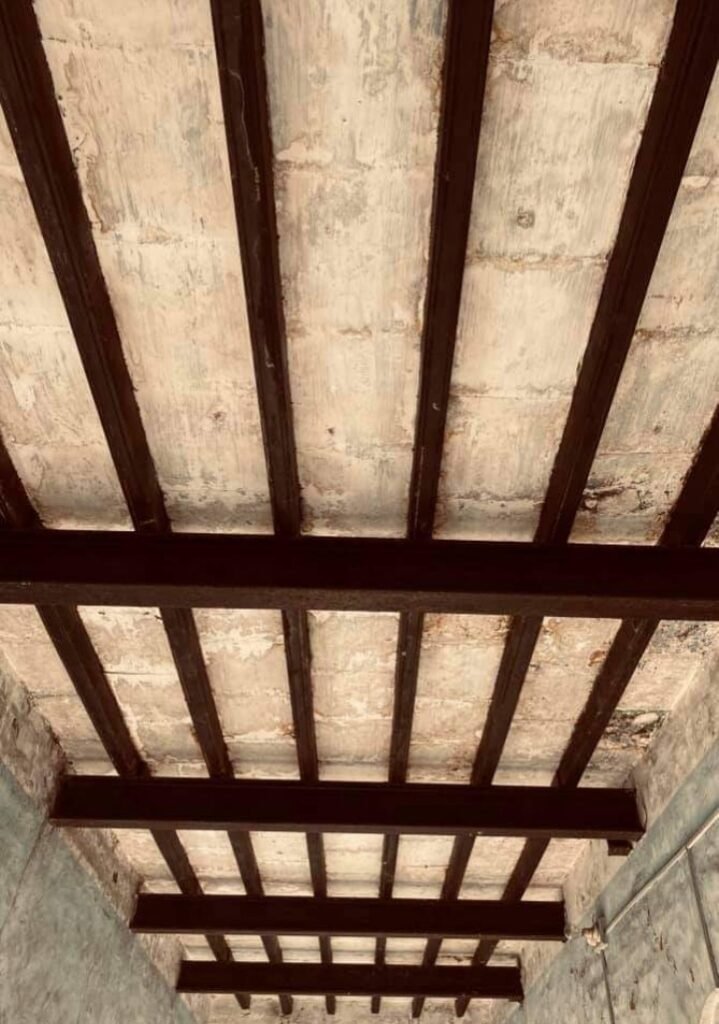
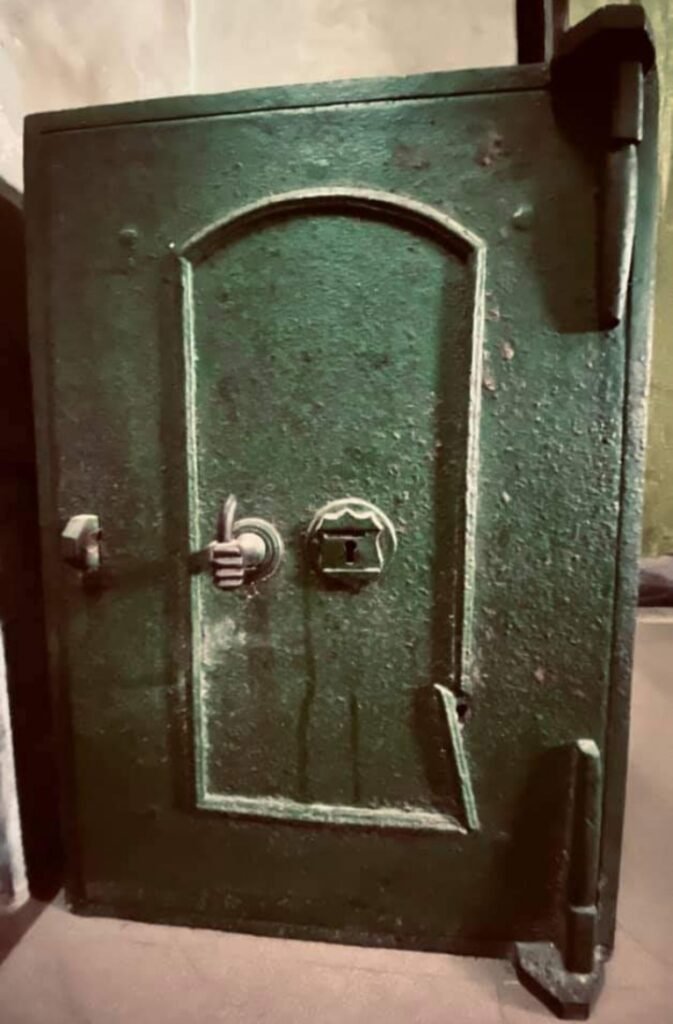
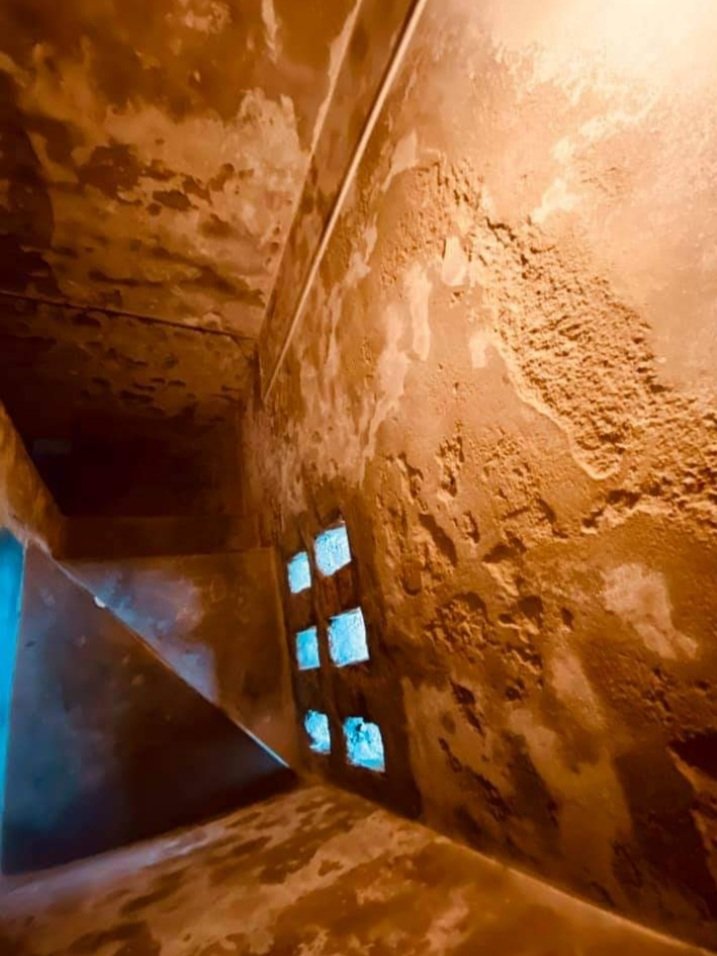
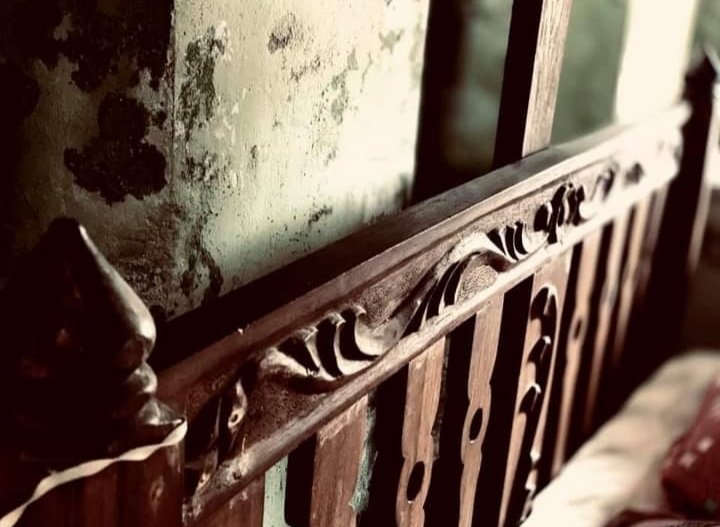
Daulatpur, Khulna, Bangladesh Map